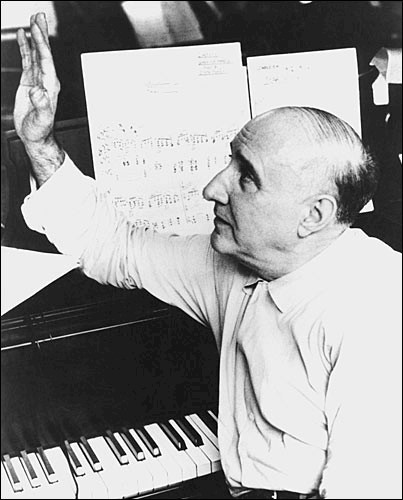
今日のGoogleのロゴになっている人物
ウィリアム・ラムゼイという人物です。
↓Googleによるラムゼイの説明文
Today’s Doodle celebrates the life and work of Scottish chemist Sir William Ramsey, whose research led to the
discovery of an unknown group of elements known as the1 noble gases. Born in Glasgow on this day
in 1852, Sir Ramsay’s work led to 2groundbreaking advances in 3thermodynamics and nuclear physics.
After traveling to Germany, where he earned his 4doctorate at the University of Tübingen, Ramsay returned home with a reputation for innovative experimental techniques. As chair of chemistry at University College, London, he published numerous papers and books on 5liquids and 6vapors.
Ramsay 7was intrigued when another British physicist, Lord Rayleigh, observed that 8nitrogen in the earth’s atmosphere had a higher atomic weight than nitrogen in the laboratory. In 1894, he and Lord Rayleigh announced the discovery of a chemically 9inert gas, which they named argon.
While searching for argon, Ramsay found helium, which had been previously thought to exist only in the sun. Ramsay’s 1896 book The Gases of the Atmosphere predicted the existence of at least 3 more noble gases. Reducing air to low temperatures at high pressure, his team proceeded to identify neon, krypton, and xenon, reshaping the periodic table of elements forever.
Because of their chemical 10inertness, noble gases proved useful in many ways. For instance, helium replaced 11flammable hydrogen for 12lighter-than-air travel, and argon was used in lightbulbs.
Described by many as the “greatest chemical discoverer of his time,” Ramsay became a fellow of the Royal Society in 1888, was knighted in 1902, and was awarded the Nobel Prize in Chemistry in 1904.
注釈
1 希ガス
2 革新的な
3 熱力学
4 博士号
5 液体
6 蒸気
7 興味を引きつけられる
8 窒素
9 不活性気体
10 不活性
11 可燃性の
12 空気より軽い
ラムゼーはスコットランドの化学者でした。
希ガスであるアルゴンをレイリー卿と発見した功績が知られています。
この功績により1904年にノーベル化学賞を受賞しています。
アルゴンは電球などに使われています。
【このカテゴリーの最新記事】
-
no image
-
no image
-
no image
-
no image







